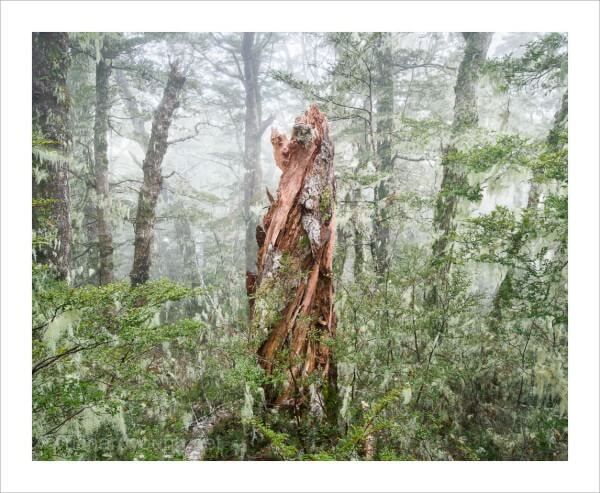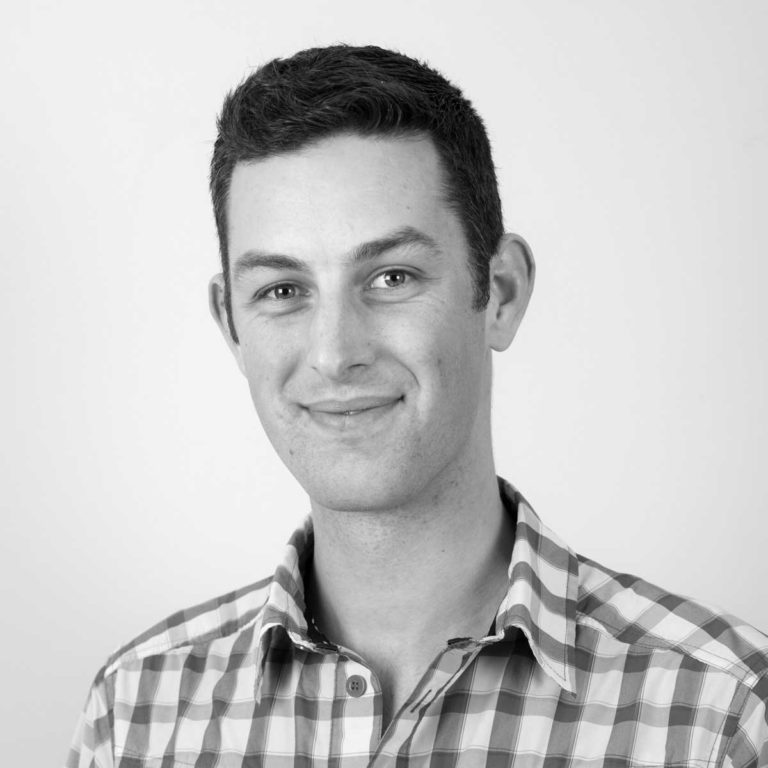Richard Young is a professional landscape, nature and wildlife photographer based in Wellington, New Zealand where he has his own photography gallery. He was born in Sussex, England and grew up on a country estate in the South Downs National Park where he developed a love for the natural world. In 2004 he first travelled to New Zealand, choosing to make it his home. He has spent time hiking and climbing in some of the country’s most remote and wild places, capturing photographs of awe-inspiring and unspoilt places. Richard has also travelled extensively, including across Africa, building a reputation as a fine wildlife photographer as well as adding to his landscape portfolio.
What kind of photography do you most identify with?
Fine Art Landscape…. My real focus is wilderness landscapes. I think there is only one photograph on my website that has anything man made in it, and this was included to tell a story of land use in the South Downs National Park in England. I also have a real passion for wildlife and wildlife photography whenever the opportunities arise.
Explain your style in 100 words
I like to find simplicity in the landscape, often using a dominant focal point in the center of the frame and trying to create a sense of balance within an image, symmetry within nature is always a beautiful thing. I think working a lot with the 6×7 film has helped develop my style, you can often compose a subject in ways that would not work the same in a 6×4 frame.
What photograph left a lasting impression on you and why?
I love the work of Sebastião Salgado, first seeing one of his amazing black and white prints in a local gallery when I was a teenager. I saw his exhibition, Genesis, while visiting England a couple of years ago, and would say it is easily the best photography exhibition I have ever seen and felt moved my such a vast a beautiful body of work. The film about this work, “Salt of the Earth” is a must watch for anyone with a passion for wilderness and conservation.
When did you discover your passion for photography?
I first started photographing nature while growing up on a country estate in the South Downs National Park in England. My love for photography has come from a love for the landscape and wanting to capture this. I think a lot of the best landscape photographers fall in love with the landscape and nature before they do photography.
Describe a real-life situation that inspired you?
I am most often inspired these days by clients when I am running my workshops. It’s amazing the way that people see things differently, picking subjects that you would not even think to stop at. Vision is one of the hardest things to teach because we all see the world so differently, without this unique vision we would have a lot of very boring images all looking the same!
What is your dream project?
I feel some days that I already have my dream job while guiding clients around New Zealand, the moments when you walk into a National Park and think it’s not a bad view from the office today! But I would like a project to take me to some new unexplored landscapes, as I feel some of the best creativity can often come when we see something for the first time.
Name 5 photographers who have inspired you
I really admire the works of Sebastião Salgado, Michael Nichols, and Colin Prior. Here in New Zealand, I have a lot of respect for the work of Craig Potton and Andris Apse, who have devoted a large part of their lives to capturing the New Zealand’s wilderness.
How do you know when a body of work is finished?
I am not sure if a body of work is ever truly finished, I have recently been adding some new work to a few of my past series that I have already exhibited, ones that I would have once said were finished…

Misty Forest
Is there one photograph of yours that you are very proud of? Why?
Probably my “Misty Forest” print, not only has it won a lot of awards in international competitions but I feel it is a very original photograph. I love seeing the way people are captured by it as a large print in the gallery, like a lot of my work it can be hard to appreciate as a small jpeg on a computer screen.
What role does the photographer have in society?
I like to bring nature and landscape to people that otherwise might not see and appreciate. I think to understand the importance of a wild landscape you need to see it even if only in a photograph.
You can contact Richard here.

